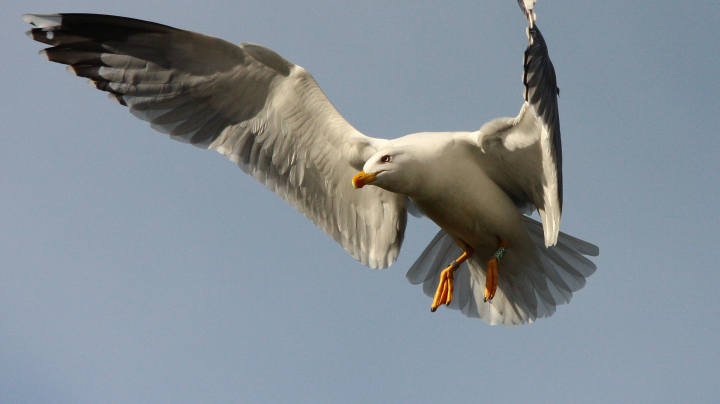
Created in 1983, the Catalan Ornithological Institute (ICO) is a Catalan non-profit association dedicated to promoting the study and monitoring of populations of birds that nest, migrate or winter in Catalonia. It has conducted studies and work on the biology and conservation of birds in Catalonia and has published a variety of printed materials, including books, magazines and leaflets. It is with this aim in mind that the ICO is running several programmes with professional staff, volunteers and collaborators to monitor bird populations in Catalonia, understand their trends and thereby have information on their management and conservation.
In 2010, the Barcelona Zoo Foundation and the ICO signed a collaboration agreement to create a ringing station in the Zoo for studying and monitoring several species of native birds living in or visiting its site, and to find out about their ecological requirements, population trends and conservation problems. The project began in 2013 and continues to this day, thanks to the signing of annual agreements that have enabled the ICO to conduct various research projects in the ringing station.
Notable initiatives carried out over the last few years include: monitoring the population dynamics of the nesting population of the grey heron (Ardea cinerea) in the Zoo and studying the post-fledging dispersal of grey herons hatched in the Zoo and their colonisation of new possible breeding centres; assessing the problems of the yellow-legged gull (Larus michahellis) at the Zoo with its population estimate; studying individual specialisations or renewal rates of the population visiting the site; monitoring the wintering of the black-headed gull population (Larus ridibundus) at the Zoo, contemplating phenology, population estimate, year-on-year trends and origin of the birds, and carrying out regular theoretical and practical courses on ornithology and ringing for training new ringers in the Zoo’s Department of Education.
For the purposes of implementing the research projects that are carried out, the birds are periodically captured in a trap where each day they can eat the leftovers of fish fed to the Zoo’s ichthyophages All the captured gulls are fitted with a standard metal ring and a coloured distance-reading ring. So far 448 birds have been ringed and more than 2,000 observations or coloured-ring readings made. Most of these observations are of birds observed in the zoo itself even though long-distance movements have been detected.



